To obtain high yields, gardeners use various fertilizers. Among them - vermicompost, as well as a liquid extract from it, called Vermicum.
Organic additives contain a large number of microorganisms, amino acids, vitamins, enzymes, growth hormones, which positively affect the condition of plants, increase fruiting rates. Vermicompost tea is easy to make with your own hands at home, using purchased vermicompost or making it in special worms.
Content
What is biohumus, its significance
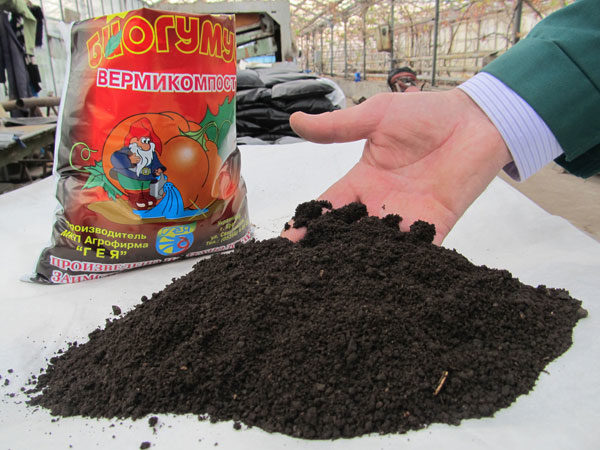 Vermicompost - organics obtained as a result of the life of worms. In nature, representatives of the invertebrate family actively process plant debris, fallen leaves, mushrooms. Waste - coprolites, perfectly absorbed by plants, enter the soil.
Vermicompost - organics obtained as a result of the life of worms. In nature, representatives of the invertebrate family actively process plant debris, fallen leaves, mushrooms. Waste - coprolites, perfectly absorbed by plants, enter the soil.
Experts note that such humus is almost 8 times higher than humus in value. Thanks to vermicompost, the soil structure improves, the processes of vegetative development of plants are accelerated. Biohumus contributes to:
- increase immunity;
- quick adaptation of crops after transplantation;
- accelerate fruiting;
- improving the taste of the fruit;
- blocks exposure to nitrates.
Fertilizer does not accumulate in the soil, therefore it is allowed to apply it every season. In addition, valuable organic matter causes the death of various pests of garden crops that live in the soil (bear, wireworms).
For organic fertilizer breed worms. Basically, these are red California worms, as well as the Staratel breed. The former are distinguished by high productivity, life cycle duration. But since they were bred in warm California, they are demanding of the conditions of maintenance, and especially of the temperature regime.
The type of worms, Staratel, was bred in Russia, therefore, it is more suitable for conditions with temperature differences. These worms are unpretentious to the conditions of detention, in the cold period they "go" to a depth before warming, and are not demanding on food. Biohumus is used by summer residents on private sites, as well as on an industrial scale. There are dry and liquid (vermicai) fertilizer.
Vermicompost fertilizer is available in the form of:
- granules;
- pastes;
- extract (liquid form).
 You may be interested in:
You may be interested in:Dry fertilizer close up in the soil, observing the dosage. Each vegetable crop has its own norm, just like berry bushes and fruit trees.
Vermicompost liquid is obtained by mixing a dry substrate with water. Usual proportion: one part of the fertilizer is mixed in a bucket of water until completely dissolved. The rate of dissolution of biohumus particles is slow, so the fertilizer is prepared several hours before use.
What is vermicompost biohumus tea
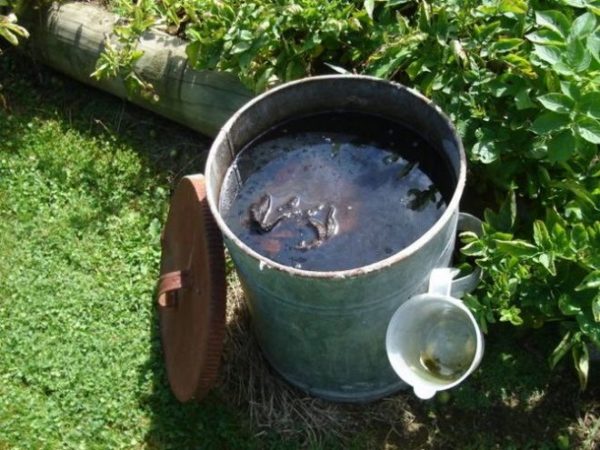 Liquid fertilizer - vermicompost tea, characterized by a high content of nutrients. In the composition of:
Liquid fertilizer - vermicompost tea, characterized by a high content of nutrients. In the composition of:
- vitamins of various groups;
- minerals;
- humates;
- sulfates;
- water soluble elements;
- enzymes.
Tea is useful for the growth of garden crops, flowers, ornamental plants. On sale it is offered in bottles, gardeners themselves prepare fertilizer, planting a dry substrate in water.
Liquid organic fertilizer is a reliable assistant to gardeners in the "battle" for the crop.It contributes to:
- creating a favorable microclimate for the growth and development of plants;
- increase crop yields;
- accelerate harvest time;
- improving the taste of fruits and vegetables.
Foliar top dressing with vermicompost tea accelerates photosynthesis processes, prevents shedding of ovaries, and protects plantings from pests. When applied to flower crops, plant growth improves, and flowering becomes lush and vibrant.
In practice, the benefits of using vermicum on vegetable and fruit crops (legumes, potatoes, tomatoes, eggplant) have been proven. The effect of fertilizing grass on lawns and golf courses is also noted.
How is vermicai made
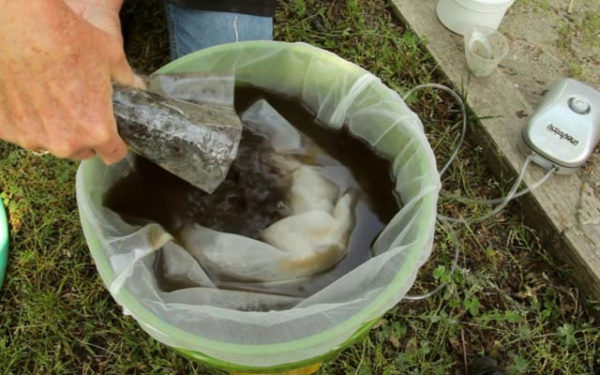 Making tea dressing for gardening is easy. In the presence of dry fertilizer, it is bred in certain proportions with water. But if desired, worm tea is prepared using worms and a homemade vermicomposter. Double benefit:
Making tea dressing for gardening is easy. In the presence of dry fertilizer, it is bred in certain proportions with water. But if desired, worm tea is prepared using worms and a homemade vermicomposter. Double benefit:
- receive biohumus;
- prepare vermicai.
In the warm period, a vermicomposter is made on the street, to obtain vermicompost and vermicom year-round, a special room is required. The basement, utility room, pantry will do.
How to make a do-it-yourself vermicomposter
For arrangement of the worm it is required to purchase one or several families of worms (the Prospector is suitable, California), to prepare a nutrient substrate. You will need plastic boxes or containers to fill with compost.
As containers use:
- cubes made of plastic;
- small baths;
- boxes.
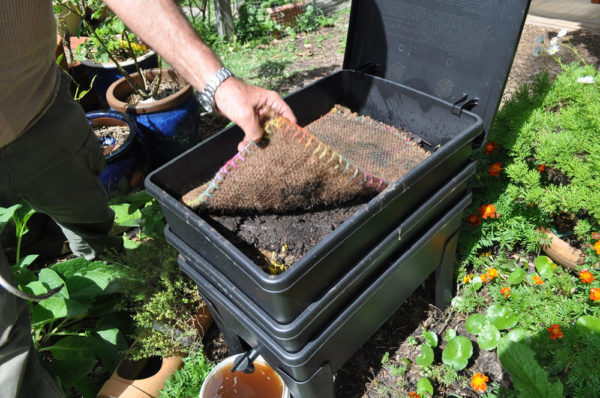
Three containers are mounted on top of each other, while holes are made in the top two in the bottom. In the third, it is necessary to build a faucet or a closing hole for liquid drainage.
The average capacity is prepared to populate the worms:
- cover the bottom with agrofibre that allows moisture to pass through;
- lay a layer of well-rotted compost;
- released into the capacity of the worms.
The entire structure is installed in a room where the temperature is kept not lower than + 15ºC ... + 17ºC. After about a couple of days, a portion of food debris is placed in a worm box. For feed use:
- thick tea and coffee;
- white cabbage leaves;
- peel of bananas, apples;
- peeling potatoes, carrots, beets;
- hay;
- crumb or crust;
- sawdust.
You can not make the peel of citrus fruits, meat waste, onions, garlic. Also do not make boiled food, which begins to quickly rot. All residues must be crushed, regularly control the humidity of the nutrient compost.
 You may be interested in:
You may be interested in:Optimum substrate performance for worms:
- lack of bright lighting (the worm is placed in the twilight);
- humidity 70-80%;
- temperatures range from + 15ºC to + 27ºC.
With insufficient humidity and high temperature, the worm population may die. Compost is periodically ted up, spilled with warm water. Tap water (even standing) is not suitable for the worm, as it contains chlorine, which is harmful to worms. Use well or water taken from the well.
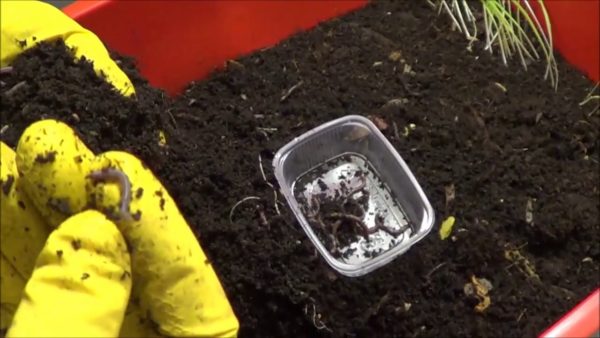
California worms, when the temperature drops, slowly develop and poorly process waste. For them, the best indicators are: + 24ºC ... + 27ºC, while Prospectors are quite comfortable at + 15ºC to + 20ºC.
After about two weeks, the food is laid out over the entire surface of the compost. But they add a new portion only after processing by the worms of the previous feed. It is impossible to exceed doses of food, otherwise the worms will not actively "work".
The middle box will gradually fill up, and as soon as about 3-5 cm remains to the top, stop feeding the pets. They are kept on a starvation diet for several days, and then placed the next portion of food in the upper box. Hungry invertebrates will gradually move for food through the holes in the bottom up, and the contents of the medium capacity are used as vermicompost. The average filling time is approximately 30-35 days.
The lower tank is a reservoir for collecting fluid. In the process of life, waste processing worms emit coprolites. Liquid dark (almost black) substance flows down, from where it is periodically collected through a faucet or a special hole. So get concentrated vermicompost tea. It is bottled in hermetically sealed bottles and stored in a dry, warm place.
Vermicay from biohumus: application
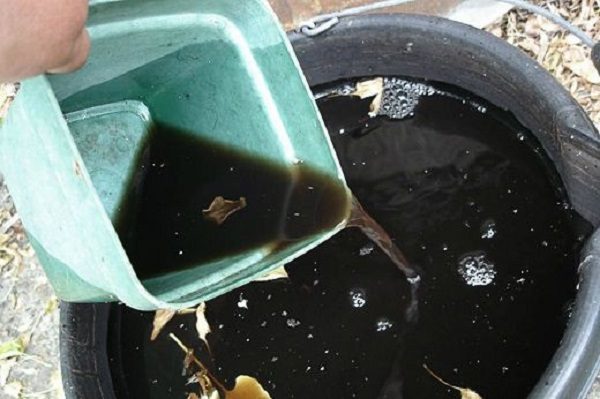 Gardeners use vermichai as top dressing, a means of preventing infections, a stimulating drug.
Gardeners use vermichai as top dressing, a means of preventing infections, a stimulating drug.
Using:
- To soak the seed (dilute 1:20 in water). For each culture, time is observed: the onions are soaked half an hour before planting, radish seeds for 10-12 hours, legumes for 5-6 hours, melons for a day.
- When watering tomatoes, dilute the concentrate in water 50 times.
- For foliar top dressing of any plants in the garden, it is bred 1000 times.
They feed in the morning or late afternoon, as in the heat the components of the fertilizer are poorly absorbed by plants. The diluted solution is used for 3-4 hours. You can not store it.
To obtain the maximum effect, it is advisable not to apply top dressing at air temperatures below 14-15 degrees. Plants of the nightshade family are fed virmichy at the time of flowering, when fruit is set. In the garden, top dressing is timed to the period of laying the buds, as well as to the end of flowering.
They feed on the leaves at least 2-3 times per season. To improve the structure of the soil, tea is applied twice: at the beginning of the season and at the end of summer, after harvesting.
An approximate scheme of fertilizing tomatoes:
- A week after planting seedlings from boxes and cups in a permanent place. A 1:50 solution is prepared, poured over a bucket of fertilizer per one square meter of landings;
- During the formation of ovaries of tomatoes. Solution 1:10. Watered under the root. Vermicompost fluid promotes plant health, reduces the risk of falling ovaries.
- Vermicum diluted tomatoes are sprayed every 10-14 days. For each procedure, a fresh portion of the “drink” is prepared by treating both sides of the leaves. The consumption of the drug: approximately two liters per hundred square meters of land.
- Watering with a slowdown in tomato growth (due to adverse conditions, cloudy weather, cooling). Spray over the leaves or watered between rows. Plants increase stress resistance, resistance to diseases, tomatoes grow more delicious sweet.
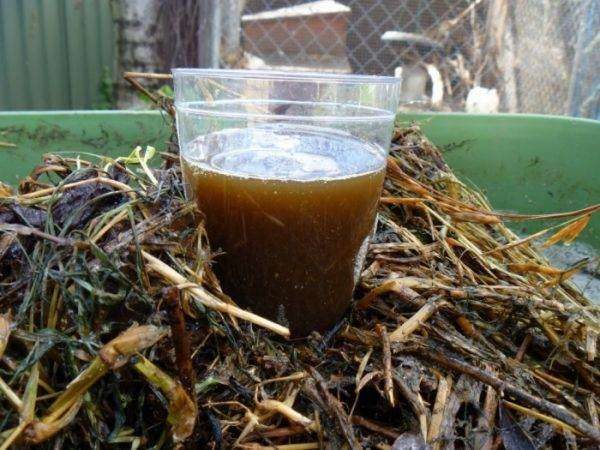
Processed on the leaves through spray guns or garden sprayers. Watered into the holes or grooves, trying not to erode the soil at the roots.
It is useful to feed vermicious indoor flowers. To improve growth, enhance decorative properties, stress resistance, just one feeding for 2-3 months is enough. Half a glass of liquid concentrate is diluted in five liters of water, the plants are carefully watered. Sediment from the bottom of the solution is also used as fertilizer. When applying vermicompost feeding at home, midges can appear, this must be borne in mind.
Vermicum Storage
If you have your own worm, you can get concentrated vermicai constantly. It is not entirely suitable for fertilizer in its pure form, so it is poured into airtight containers. Shelf life - up to two years. As necessary, the concentrate is diluted in the right proportions with water and used for top dressing.
Aerobic bacteria in the liquid actively absorb oxygen. Some gardeners freeze excess cooked solution. But there is little benefit from such a solution, so it is recommended to calculate the dose and dilute the required amount. Do it yourself with your own hands to make vermicompost tea from vermicompost. The use of such valuable fertilizer will increase the yield, reduce the risk of plant diseases and pests, and improve the soil condition on the site.

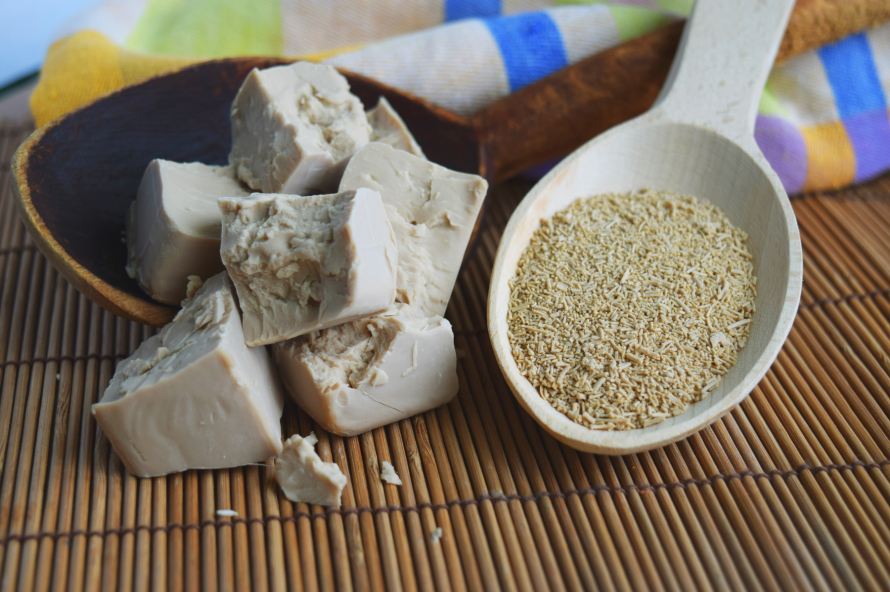
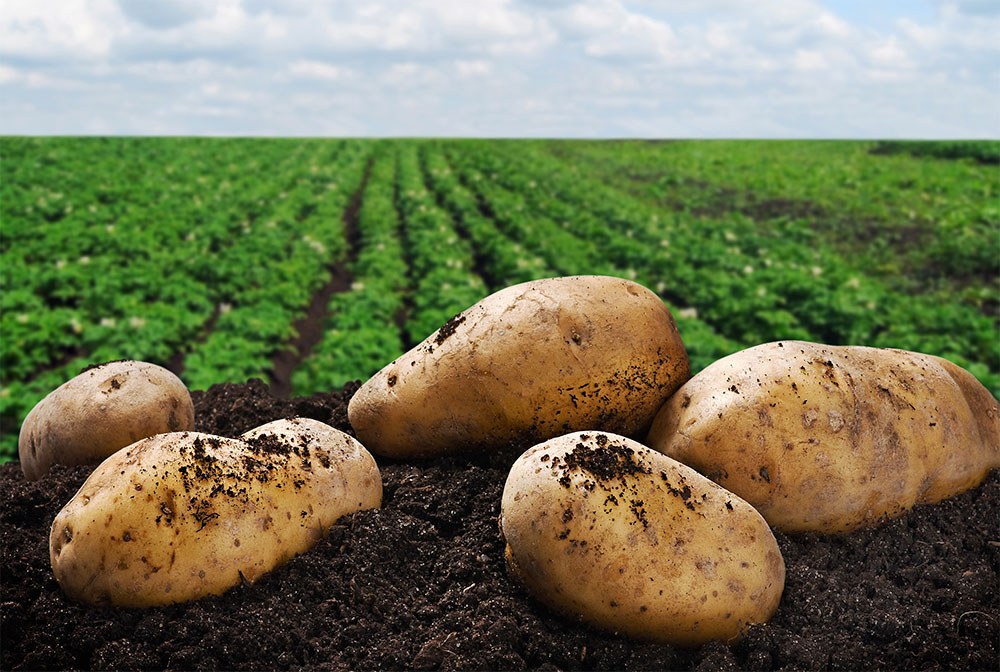
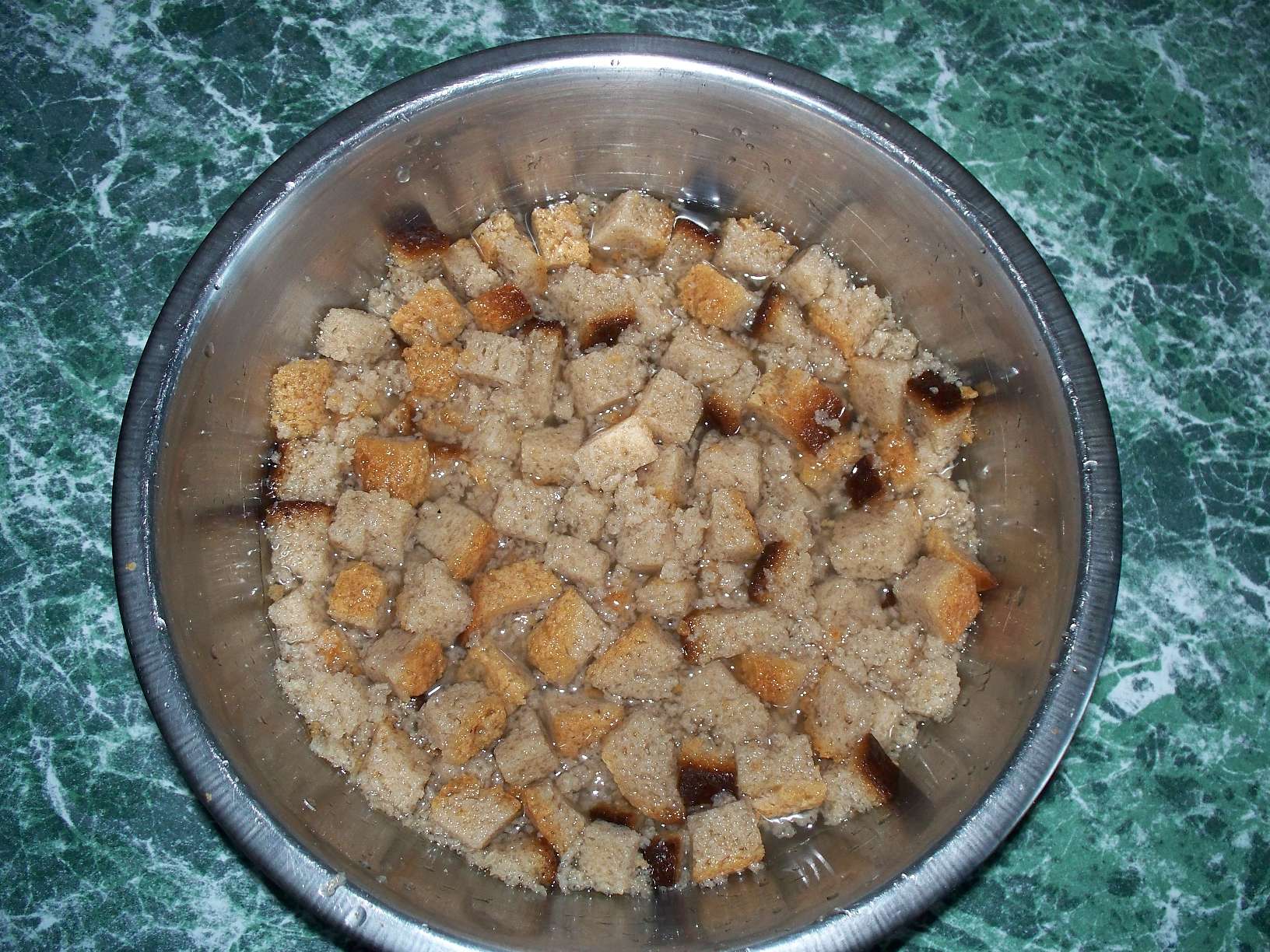
 Superphosphate: what is it and how to apply it
Superphosphate: what is it and how to apply it What problems can be expected from siderats?
What problems can be expected from siderats? Secrets of the collection, storage and use of eggshells in the garden
Secrets of the collection, storage and use of eggshells in the garden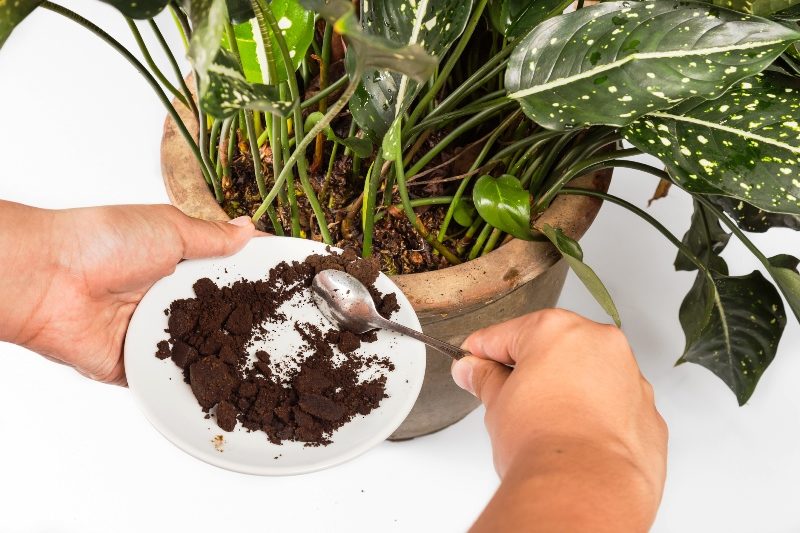 The most popular top dressing for indoor plants
The most popular top dressing for indoor plants